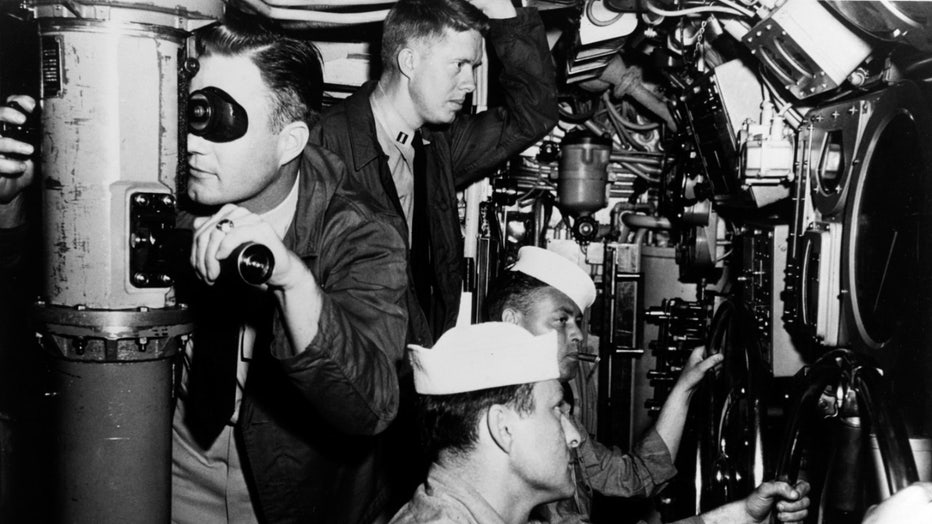Before he was president, Jimmy Carter saved nuclear reactor after meltdown

President Carter's pastor: 'He ministered to me more than I ministered to him'
As a devout Christian, former President Carter's faith and commitment to peace drove his decision-making in office and the more than 40 years since. After leaving office in 1981, he returned home to Plains, Georgia, where he and his wife, Rosalynn, joined Marantha Baptist Church.
On a cold day in December in 1952, a nuclear research facility in the small Canadian town of Chalk River experienced a nightmare scenario. The NRX research reactor suffered a partial meltdown after multiple fuel rods ruptured. The disaster left around 4.5 million liters of radioactive water sitting in the basement of the facility. The water was extremely radioactive and had to be cleaned up.
To deal with the disaster, Canadian and U.S. officials turned to one man who could deal with the situation.
They called 28-year-old Jimmy Carter.
Before his life as a peanut farmer, preacher, humanitarian, and definitely before his time in office, Carter was a fresh-faced officer in the U.S. Navy working in submarines. Just months before the nuclear disaster in Canada, Carter had begun working with the US Atomic Energy Commission.
HOW MUCH DO YOU KNOW ABOUT FORMER PRESIDENT JIMMY CARTER?

Future president Jimmy Carter in the main control room of USS K-1 (SSK-1) between June and October 1952. (U.S. Navy)
Speaking to journalist Arthur Milnes, Carter described the preparation before he and 22 other men under his command prepared to deal with the situation.
"It was a very exciting time for me when the Chalk River plant melted down," he continued in the same interview. "I was one of the few people in the world who had clearance to go into a nuclear power plant."
Carter himself was physically lowered into the damaged reactor, exposing himself to dangerous levels of radiation.
JIMMY CARTER'S BELOVED TOOL BELT A GIFT FROM PEACHTREE CITY, FORMER MAYOR SAYS
Writing in his book "Why Not the Best," which was published while he was running for president in 1975, Carter described the training he and the other men went through to prepare for the cleanup.
"We all went out on the tennis court, and they had an exact duplicate of the reactor on the tennis court. We would run out there with our wrenches and we'd check off so many bolts and nuts and they'd put them back on," he wrote. "And finally when we went down into the reactor itself, which was extremely radioactive, then we would dash in there as quickly as we could and take off as many bolts as we could, the same bolts we had just been practicing on. Each time our men managed to remove a bolt or fitting from the core, the equivalent piece was removed on the mock-up."

Well wishes for former President Jimmy Carter
After the announcement that former President Jimmy Carter was entering Hospice care, well wishes from around the country poured in.
Carter told Milnes he felt the long-term effects of the exposure to the radiation.
"We were fairly well instructed then on what nuclear power was, but for about six months after that I had radioactivity in my urine," the former president said. "They let us get probably a thousand times more radiation than they would now. It was in the early stages and they didn't know."
Carter remained in the Navy for a year more before he was honorably discharged in October 1953 so that he could take over his family's peanut business.
He would later say that his experience helped him understand "the remarkably close ties that exist between every Canadian citizen and every citizen in the United States," an experience that would greatly help him during the Iranian hostage crisis during his presidency.

